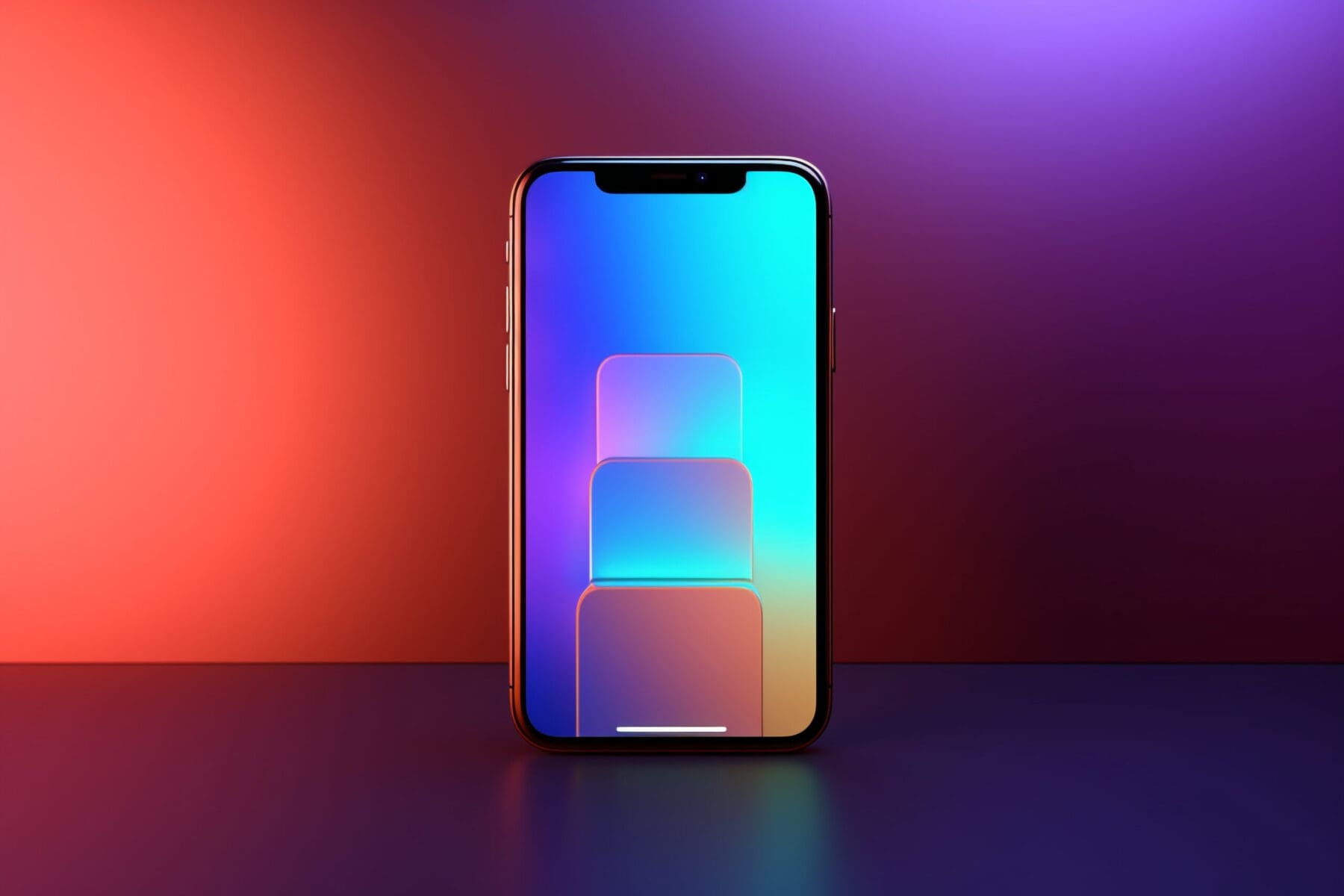Introduction
In a world filled with visual noise, the art of minimalism in web design emerges as a refreshing approach that embraces simplicity, functionality, and elegance. Minimalism isn’t merely a design trend; it’s a philosophy that transcends aesthetics to enhance user experience, improve performance, and align with contemporary lifestyles.
In this comprehensive guide, we’ll explore the core principles of minimalistic web design, reveal its advantages, and provide actionable strategies to implement it in your projects. We’ll also delve into inspiring examples that showcase the effectiveness of this timeless design philosophy.
Part 1: The Essence of Minimalism in Web Design
What is Minimalistic Web Design?
Minimalistic web design is characterized by simplicity and the use of only essential elements. It seeks to remove all unnecessary distractions, focusing on clarity, functionality, and user-centricity. Here’s what minimalistic design typically involves:
- Simplified Visuals: Use of clean lines, ample white space, and a restricted color palette.
- Essential Content: Including only what’s absolutely necessary, whether it’s text, images, or features.
- User-Centered Approach: Enhancing usability and accessibility by simplifying navigation and interaction.
Why Minimalism?
- Faster Load Times: Fewer elements translate to faster website loading.
- Improved User Experience: Simplicity ensures that users can navigate and understand the website easily.
- Elegance and Sophistication: The aesthetic appeal of a minimalist design often creates a perception of quality and modernity.
Part 2: Principles of Minimalistic Web Design
Understanding the key principles of minimalistic design is crucial for effective implementation. Here’s a breakdown:
- Simplicity: Eliminate unnecessary elements. Focus on what’s truly essential.
- Functionality: Every design aspect should have a specific purpose.
- Consistency: Maintain uniformity in fonts, colors, and other design aspects.
- White Space: Utilize negative space to create focus and visual breathing room.
- Color Minimalism: Often employing a monochromatic palette or restrained use of color to guide the eye.
Part 3: Implementing Minimalism in Your Design
Step 1: Define the Core Purpose
- Identify Key Messages: What do you want visitors to take away from the website?
- Understand the Target Audience: What do your users need and prefer?
Step 2: Design with Simplicity
- Choose a Simple Layout: Grid-based layouts often work well in minimalist designs.
- Restrict the Color Palette: Stick to a limited color palette that resonates with your brand and purpose.
- Use Impactful Typography: Typography becomes more prominent in minimal designs, so choose fonts carefully.
Step 3: Focus on User Experience
- Intuitive Navigation: Make navigation self-explanatory.
- Responsive Design: Ensure that the design is accessible across various devices.
Step 4: Optimize Performance
- Optimize Images and Code: Since there are fewer elements, each must be perfectly optimized for speed.
Part 4: Minimalism in Practice – Case Studies
Examining real-world examples helps to understand how minimalism can be applied effectively. Here are a few inspiring case studies:
- Apple’s Website: Apple’s use of whitespace, straightforward navigation, and selective use of imagery embodies the minimalistic approach.
- Airbnb’s Landing Page: Airbnb’s clean lines, simple call-to-action, and emphasis on what’s essential for the user, make it an exemplary model.
- Medium’s Reading Experience: Medium’s reading interface puts content front and center, utilizing clean typography and minimal distractions.
Part 5: Common Challenges and How to Overcome Them
While minimalism offers many benefits, it’s not without challenges:
- Lack of Clarity: Too much simplicity may lead to confusion. Ensuring intuitive navigation and clear CTAs will mitigate this risk.
- Brand Expression: Finding the balance between simplicity and brand expression requires careful consideration of visual elements that represent your brand.
Part 6: Minimalism in Various Industries
Minimalism is versatile and can be applied across various sectors. Here’s how:
- E-Commerce: By reducing clutter, minimalistic design can guide users smoothly through the buying process.
- Blogs and Magazines: Minimalism helps readers focus on content, enhancing readability.
- Portfolios: For designers and artists, minimalism allows the work itself to shine.
Part 7: The Future of Minimalism in Web Design
- Sustainability: Minimal design often means less energy consumption due to reduced data needs, aligning with the growing trend towards digital sustainability.
- Integration with Emerging Technologies: As technologies like AR and VR evolve, minimalism may play a key role in ensuring that these immersive experiences remain user-friendly.
Conclusion
The art of minimalism in web design is a powerful strategy that aligns with the digital age’s values of efficiency, user-centricity, and aesthetic purity. By stripping away the unnecessary and focusing on what truly matters, minimalism allows designers to create websites that are not only beautiful but also highly functional.
Implementing minimalism requires a deep understanding of your user’s needs, a clear vision of your website’s purpose, and the ability to translate this understanding into a design that is simple yet impactful. Whether you’re a seasoned designer looking to refine your style or a business owner seeking to enhance user engagement, the principles and strategies outlined in this guide can help you harness the power of minimalism.
In the fast-paced digital world, where information overload is a common concern, the philosophy of “less is more” offers a refreshing and effective approach to web design. It’s not just a trend; it’s a timeless principle that continues to resonate with users and brands alike, proving its enduring relevance in our increasingly interconnected world.
Minimalism isn’t about taking things away; it’s about emphasizing the right things. It’s about creating experiences that are intuitive, engaging, and reflective of our time’s simplicity and sophistication. It’s an art that, when mastered, can lead to designs that are as effective as they are elegant.
By embracing minimalism, you’re not only creating visually pleasing designs but also building digital experiences that speak to the essence of the modern user-focused, discerning, and appreciative of genuine value.


